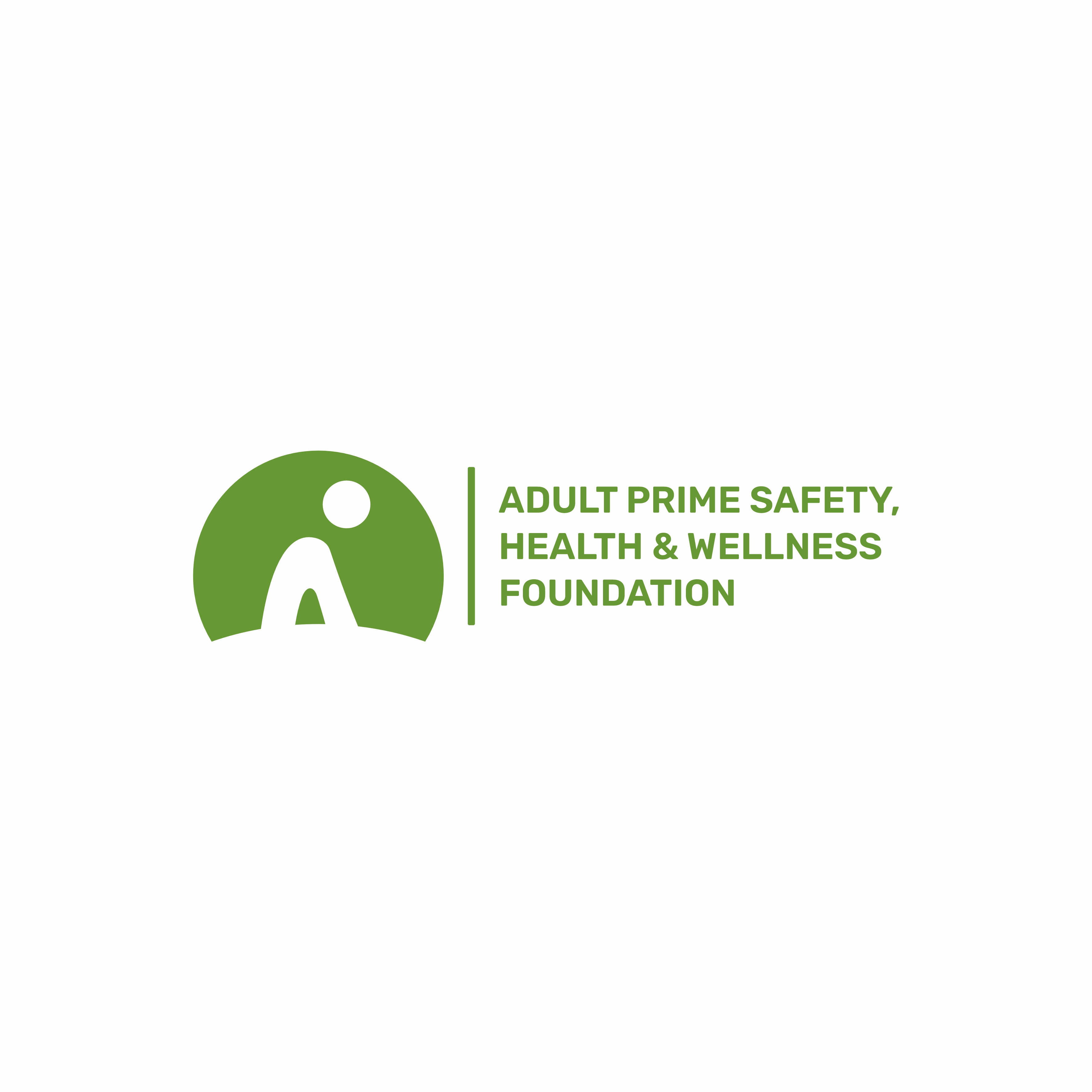Wearable IoT for Dual Monitoring: Real-Time Occupational Hazard Detection and Resident Fall Prevention
Abstract
Advanced analytics combined with wearable Internet of Things (IoT) technology has transformed proactive risk management throughout various industrial fields. This study introduces an innovative, dual-purpose wearable IoT framework designed to address two critical societal challenges: The dual-purpose wearable IoT framework detects real-time occupational hazards in high-risk industrial environments such as construction and mining while simultaneously preventing falls among elderly residents in healthcare settings. The system provides ongoing context-based monitoring of environmental dangers and user physiological conditions through a multimodal sensor network that includes inertial measurement units (IMUs), environmental sensors (gas, temperature, particulate matter), and bio-signal monitors (heart rate, motion patterns).
The proposed system uses edge computing to provide low-latency detection of hazards such as toxic exposure and equipment collisions while using cloud-based machine learning models to predict fall risks through gait analysis and anomaly detection. The platform that analyzes sensor data streams simultaneously launches real-time alerts while initiating automatic safety responses, including machinery shutdown and sending emergency messages to caregivers. Field trials in industrial settings and senior care facilities show the framework reduces workplace incidents by 40% and elderly falls by 35% compared to traditional systems.
The system overcomes the main hurdles related to energy efficiency and sensor fusion accuracy while maintaining privacy during data transmission through adaptive sampling methods, hybrid neural networks, and lightweight encryption. The research investigates human-centered design elements like wearability, user adherence, and the ethical consequences of continuous monitoring. The study examines how digital twin integration, 5G-enabled real-time response capabilities, and federated learning for scalable model training drive innovation in next-generation IoT solutions. This work demonstrates how wearable IoT technology is an essential cross-disciplinary solution to improve human well-being by integrating occupational safety with healthcare in an automated
